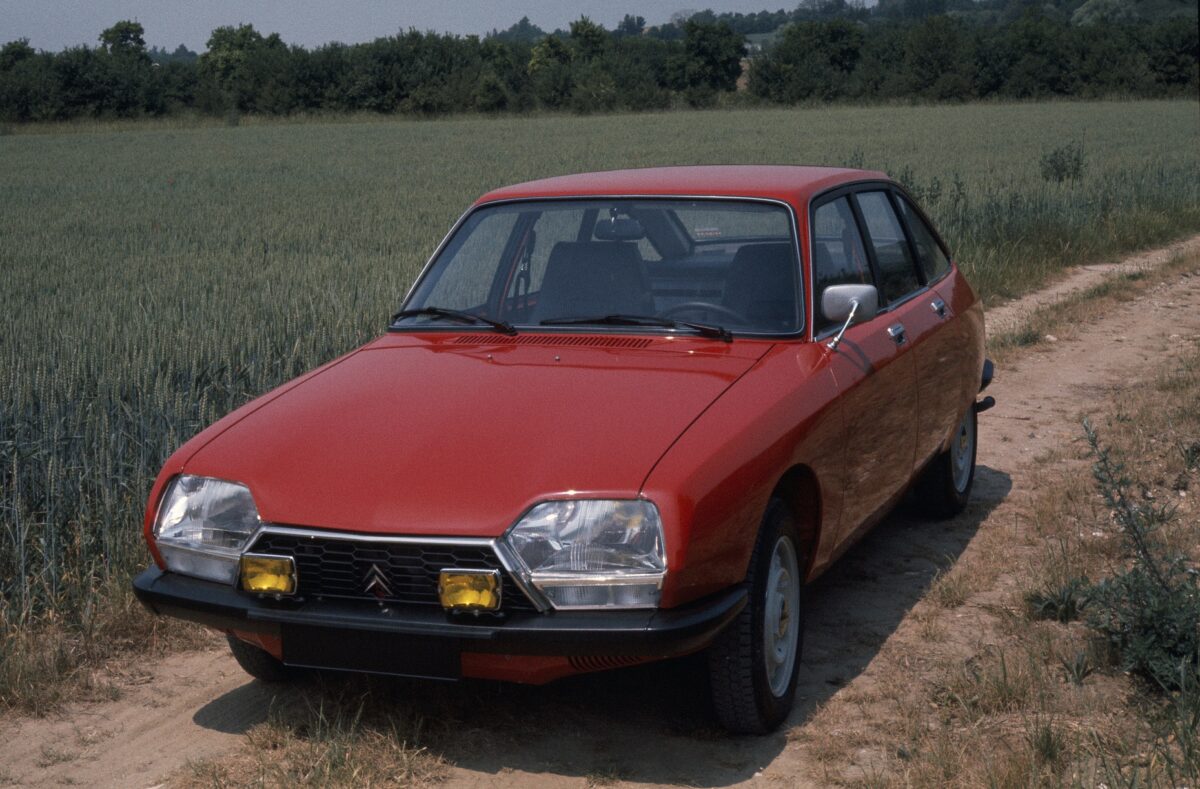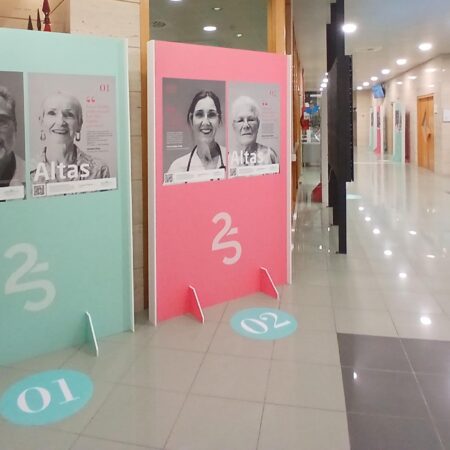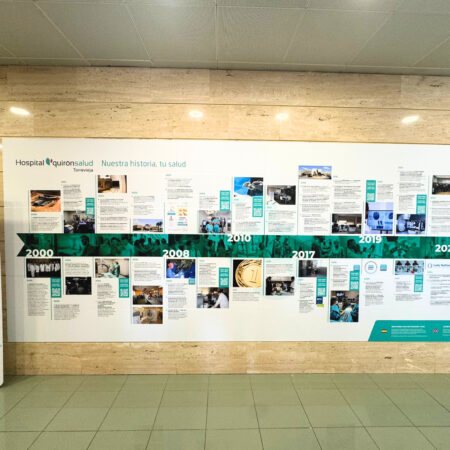When the Citroën GS debuted at the 1970 Paris Motor Show, it marked the arrival of a vehicle that would reshape the public’s expectations of what a mid-size family car could be. Designed by the legendary Robert Opron — also responsible for Citroën’s SM and CX — the GS fused futuristic aesthetics with technical brilliance in a way few cars had done before. Over its 15-year production run, it became a symbol of innovation and refinement, especially in markets like Spain where its engineering left a lasting legacy.



A Design With No Equal
The GS stood apart visually from anything else on the road. Opron’s design merged the aerodynamic flair of coupés with the practicality of saloon cars, creating a sleek profile that reduced drag and enhanced performance. Under the bonnet, its air-cooled 1.0-litre flat-four engine produced 60 hp — modest by today’s standards, yet enough to reach 150 km/h thanks to its lightweight construction and aerodynamic bodywork.
But it wasn’t just about speed. The GS featured a suite of advanced technologies rare for its class at the time, including all-round disc brakes, a lightweight alloy chassis, and, most famously, Citroën’s signature hydropneumatic suspension. This system delivered a level of ride comfort previously unseen outside of high-end luxury cars and helped establish the GS as the benchmark in its segment.
An Interior Ahead of Its Time
Inside, the GS was equally forward-thinking. The dashboard, created by renowned designer Michel Harmand, looked like a piece of modern sculpture. The speedometer resembled a magnifying lens, while the handbrake was seamlessly integrated into the console. Every control was placed with ergonomics in mind, allowing drivers to operate the car with minimal distraction — an early nod to what would eventually become modern dashboard UX design.
Citroën didn’t just design the GS to look futuristic; it was engineered for real-world driving. Clear visual indicators and intuitive controls helped drivers react more quickly — an important consideration in an age before digital driver assistance.
Revolutionary Comfort, Instant Recognition
Comfort was the GS’s calling card. Its suspension smoothed out road imperfections so thoroughly that Citroën advertisements famously claimed it was stable enough to allow a string quartet to perform while the car was in motion. Another advert suggested its ride was gentle enough to keep cigar ashes in place on bumpy roads. These colourful metaphors were backed by genuine praise from press and public alike.
The GS’s comfort credentials were so strong, in fact, that it was voted European Car of the Year in 1971 and became France’s top-selling car between 1975 and 1978. Its hydropneumatic system delivered what many described as a “magic carpet” ride, unmatched in its category.
Spanish Legacy and the GSA Evolution
Though most GS units were built in France — particularly at the Rennes-la-Janais factory — Spain played a key role in its production story. A total of 153,983 GS units were assembled at Citroën’s Vigo plant, which produced the model exclusively between 1984 and 1986.
In 1980, the GS evolved into the GSA, gaining a fifth door and marking the beginning of Citroën’s enduring love affair with the hatchback format, still present across the brand’s range today.
The Rare GS Birotor
A lesser-known but equally fascinating chapter in the GS saga is the GS Birotor, one of the few production vehicles to feature a Wankel rotary engine. Built between 1974 and 1975, it housed a 107 hp twin-rotor engine capable of reaching 175 km/h. Despite its smooth and vibration-free operation, the car’s high fuel consumption coincided poorly with the oil crisis, leading to its early demise. Only a small number were produced, making it one of the rarest and most collectible Citroëns today.












No Comment! Be the first one.